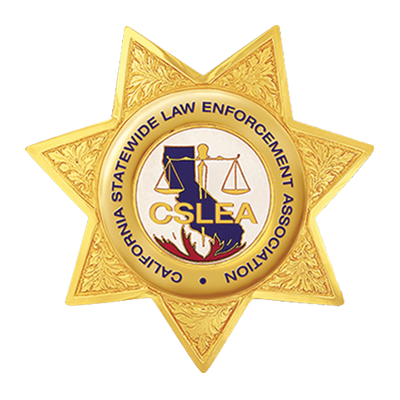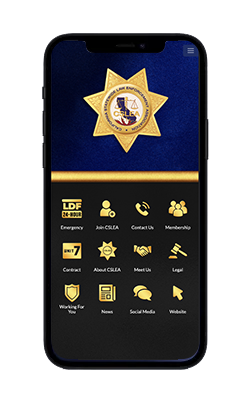Brief History of AMCOS-member Motor Carrier Specialists
Motor Carrier Specialists (MCS-1s) became part of the California Highway Patrol in 1963 with 43 employees. Their primary function was to perform inspections of trucks.
In 1973, school busses were added to their assignments.
In 1974, farm labor buses.
In 1979, inspection and certification of hazardous waste vehicles and containers were included.
In 1980, motor carrier specialists were charged with annual inspections of all bus terminals.
In 1983, annual inspections and certifications of youth busses were added.
In 1987, annual inspections and certification of GPPV were put in the bailiwick of AMCOS-member motor carrier specialists.
In 1988, creation of the BIT program required the addition of 150 motor carrier specialists.
In 1996, inspections of the drug and alcohol testing programs of commercial carriers were added to the responsibilities of MCS-1s.
In 1997, they were asked to assist in the enforcement of Motor Carrier Permits required of carriers.
That same year, updating carrier information for the Teal Data Center was added.
Next, AMCOS-member Motor Carrier Specialists were asked to interpret lease contracts between prime and sub-contractors.
The CHP Motor Carrier Safety program has proven itself time and time again to be the most successful off-highway commercial safety program in the country. Other states and the Federal Motor Carrier Safety Administration continue to shape their off-highway inspection programs after the CHP MCS programs model. The CHPs MCS program completes more terminal inspections, more drivers’ records inspections, vehicle inspections and takes more unsafe motor carriers off the highways than any program in the United States.




